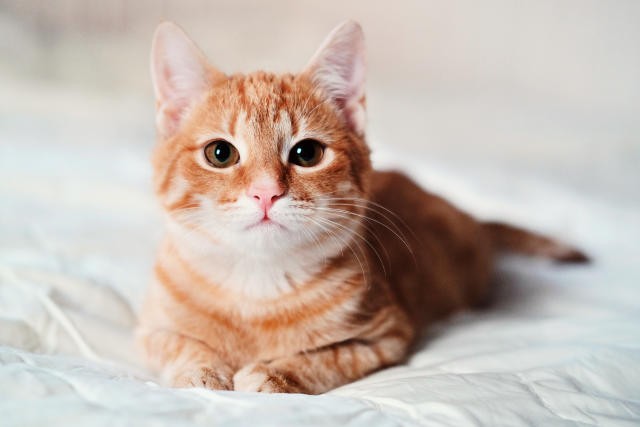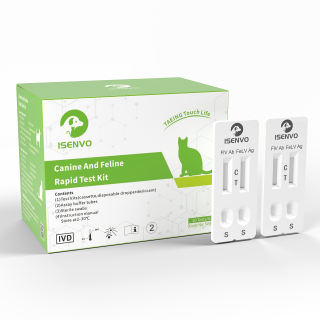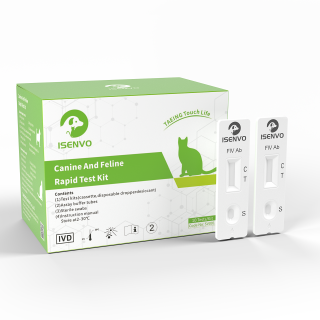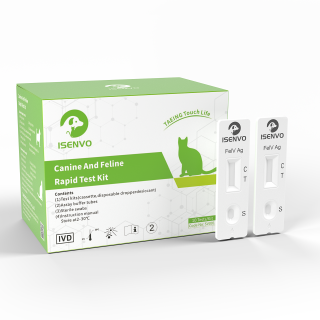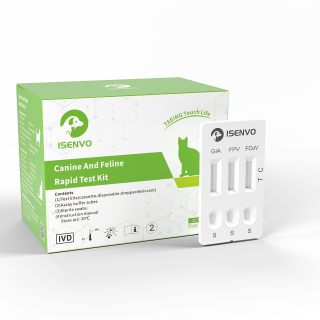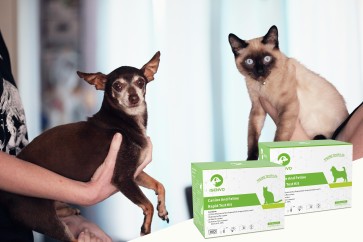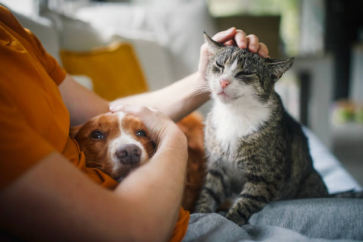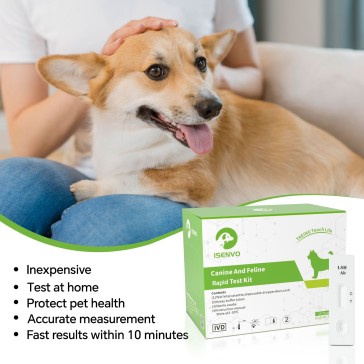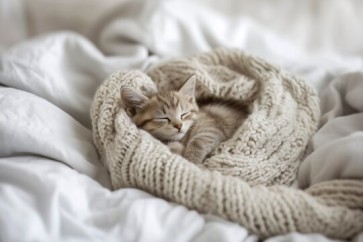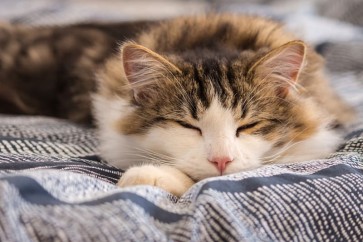1. What Are FIV and FeLV?
1. FIV (Feline Immunodeficiency Virus)
FIV is a virus similar to HIV in humans, attacking a cat's immune system and reducing its ability to fight diseases. Main transmission routes include:
-
Bite wounds (from fights)
-
Mother-to-kitten transmission (during pregnancy or nursing)
-
Rarely via shared food bowls or grooming
2. FeLV (Feline Leukemia Virus)
FeLV is a more deadly virus that suppresses bone marrow function, leading to:
-
Severe anemia
-
Cancers like lymphoma
-
Immune system collapse
Transmission occurs through: -
Saliva (shared bowls, mutual grooming)
-
Blood (fights, transfusions)
-
Mother-to-kitten transmission (in utero or via milk)
⚠️ Key Differences:
FIV spreads mainly through bites, making indoor-only cats (especially single-cat households) lower-risk.
FeLV is highly contagious—even casual contact (e.g., shared water bowls) can transmit it.
2. How FIV and FeLV Harm Cats
| Virus | Primary Effects | Common Symptoms | Prognosis |
|---|---|---|---|
| FIV | Progressive immune decline | Recurrent infections, stomatitis, weight loss, chronic diarrhea | Can live for years; with care, may approach normal lifespan |
| FeLV | Anemia, cancer, immunosuppression | Pale gums, persistent fever, swollen lymph nodes, rapid weight loss | Average survival: 2–3 years; worse for kittens |
⚠️ Critical Notes:
-
FeLV+ cats may deteriorate rapidly (within months), while FIV+ cats can remain asymptomatic for years.
-
No cure exists, but early detection significantly improves quality of life.
3. Preventing FIV and FeLV
1. Reduce High-Risk Behaviors
-
Keep cats indoors (especially unneutered males prone to fighting).
-
Test and quarantine new cats (minimum 2 weeks).
-
Avoid shared bowls in multi-cat homes (FeLV spreads via saliva).
2. Vaccination
-
FeLV vaccine: Recommended for all kittens and outdoor cats (annual boosters).
-
FIV vaccine: Limited efficacy; prevention is prioritized.
3. Boost Immunity
-
Feed high-quality diets (rich in protein/vitamins).
-
Regular deworming and stress reduction (e.g., pheromone diffusers).
4. Why FIV/FeLV Testing Is Essential
1. Early Detection = Better Care
-
Asymptomatic early stages still cause hidden damage.
-
Early diagnosis guides care (e.g., avoiding live vaccines).
2. Protect Other Cats
-
Isolate positive cats (especially FeLV+).
-
Test before adoption/rescue to prevent outbreaks.
3. Pre-Breeding Screening
-
FeLV+ mothers transmit to ~80% of kittens.
✅ Testing Guidelines:
-
Kittens: First vet visit (6–8 weeks).
-
Adults: Annual screening (outdoor cats: every 6 months).
-
New Cats: Mandatory test + quarantine.
5. If Your Cat Tests Positive
-
Isolate Immediately: FeLV+ cats need strict separation; FIV+ may cohabit cautiously.
-
Enhanced Care:
-
Regular blood tests and immune monitoring.
-
Highly digestible, nutrient-dense food.
-
-
Minimize Stress: Stable environment, warmth.
-
Work With Your Vet: Tailored management plans.
Conclusion
FIV and FeLV are severe threats, but prevention, testing, and proactive care can mitigate risks. For multi-cat homes, rescues, or outdoor cats, testing is non-negotiable!

